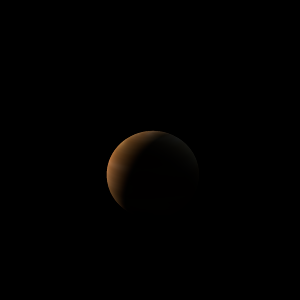|
|
Space Astro
|
Info for exoplanet "Steph"
| Scientific (actual) data |
|---|
| Name | HD 165131 b |
| Planet status | Confirmed |
| Planet mass | 19 |
| Orbital period | 2343 |
| Semi major axis | 3.59 |
| Orbit eccentricity | 0.67 |
| Inclination | 93 |
| Discovered | 2023 |
| Updated | 2023-08-11 |
| Omega | 3.1 |
| Publication | Published in a refereed paper |
| Detection type | Radial Velocity |
| Mass measurement type | Radial Velocity |
| Star name | HD 165131 |
| Right ascension | 271.35° |
| Declination | -21.67° |
| Mag v | 8.4 |
| Star distance | 57.4263 |
| Star metallicity | 0.06 |
| Star mass | 1.06 |
| Star radius | 1.06 |
| Star temperature | 5870 |
| Wikipedia article | HD 165131 b |
Back
| |
| Fictional info (?) |
|---|
| Suggested name | Steph |
| Planet type | Huge cold gas giant |
| It may have had helium oceans in the past, but these would have vaporized as the temperature rose due to a runaway greenhouse effect.
It was the one of the first exoplanets visited by a spacecraft, and one of the first to be successfully landed on. |
| Atmosphere | Neon | 45% |
| Hydrogen chloride | 30% |
| Helium | 23% |
| Ethane | 1.2% |
| Methane | 0.51% |
| Hydrogen peroxide | 0% |
| Atmospheric pressure | 70 bar |
 |
| No known satellites |
| Google search for Steph |
|
Website by Joachim Michaelis
|
|
|
|